Probably no reader has heard of Ni'ihau. It is the smallest inhabited island of the Hawaiian archipelago, privately owned since the 19th century and would not be of more interest than merely tourist interest -a minority, on the other hand- were it not for two very different reasons, exactly half a century apart in time. time:some scenes of Jurassic Park were filmed there and, before that, one of the Japanese planes that took part in the attack on Pearl Harbor made an emergency landing, causing an agonizing event that is now known as the Ni'ihau Incident .
The island, we said, has been private since Elizabeth McHutcheson Sinclair bought it in 1864. The daughter of a wealthy Scottish merchant, thirty years earlier she had married Francis W. Sinclair, a ship captain with some fame for having managed to avoid a gale in 1815, carrying the Duke of Wellington on his return to England after the Battle of Waterloo. But the sailor could not withstand another storm in 1846 and Elizabeth was left a widow with five children to raise (a sixth sank with her father).
She got it, but when the children grew older and began to marry, they needed land for everyone and decided to emigrate from New Zealand, where they had settled, to British Columbia. However, America did not turn out to be the promised land they expected and they embarked again, this time heading to Hawaii, since one of Elizabeth's brothers lived in Honolulu. It cost her $10,000 to acquire Ni'ihau to raise sheep—she paid it directly to the Hawaiian monarchy—and she ruled over her new island estate ever since, dying in 1892. 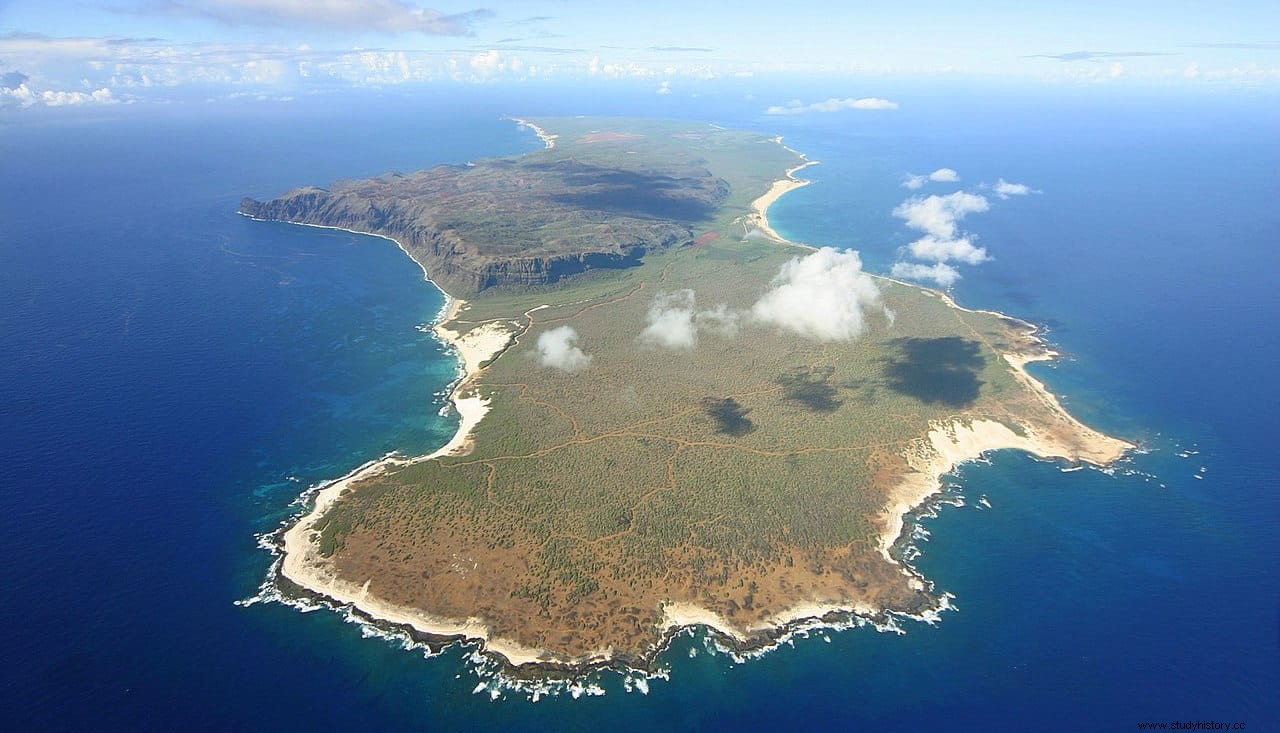
By then, Hawaii had come under the orbit of the US, thanks to a military intervention taking advantage of a real succession crisis first and with a coup d'état later, arguing the usual excuse of protecting the interests of US citizens. The official annexation occurred in 1898, but the archipelago was not incorporated as a state of the country until 1959, which means that in 1941, when the Japanese attack on Pearl Harbor took place, it was still eighteen years before that admission.
Despite this, the Hawaiian territory was fully Americanized and its main air and naval base in the Pacific was located there. Ni'ihau was then owned by Aylmer Francis Robinson, a great-grandson of Elizabeth's who, however, did not have his residence there but on the larger neighboring island of Kaua'i fifteen miles away, though he had the custom of making a weekly visit by boat to supervise. He could not imagine the events that December 7 of that year would bring to Hawaii and the entire country. Also for her island.
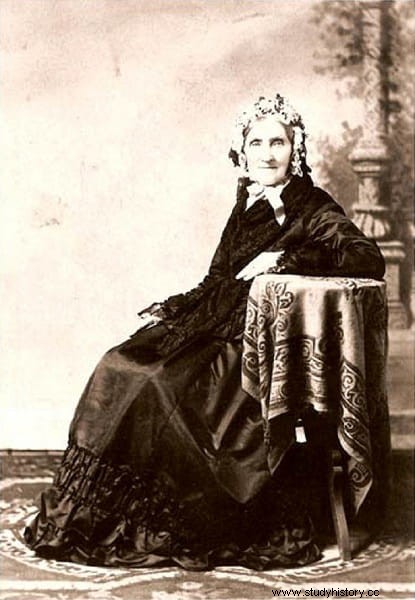
As is known, that was the date of the Japanese attack on Pearl Harbor that would mark the entry of the US into World War II. That's where Shigenori Nishikaichi, a 22-year-old Nippon Kaigun pilot, comes into the picture. (Imperial Japanese Navy), an air-naval force that at that time had been among the world's elite. Nishikaichi had been part of the second wave, under Commander Shimazaki Shigekazu, piloting an A6M Zero with which he took off from the aircraft carrier Hiryū .
He performed escort duties in the attack on Mokapu Naval Air Station and Bellows Army Airfield, where a first bombing run and a second strafing run were made. Immediately afterwards, the planes met to start the return, a long journey of 200 miles in which the fighters had to follow the trail of the Aichi D3A1 bombers as they did not have an adequate navigation system. But along the way they crossed paths with nine American Curtiss P-36A fighters and a dogfight began.
American planes were outdated and slow, so they were shot down one after another. But, in the fight, the Zero of Nishikaichi was hit and, although it was apparently minor damage, it was located in the warehouse. The aircraft began to lose fuel and fell behind, unable to keep up with the others, until it was accompanied only by another smoking aircraft, that of Saburo Ishii. Nishikaichi, aviator first class, was clear that they would never reach the aircraft carrier and would have to resort to plan B, an emergency landing.
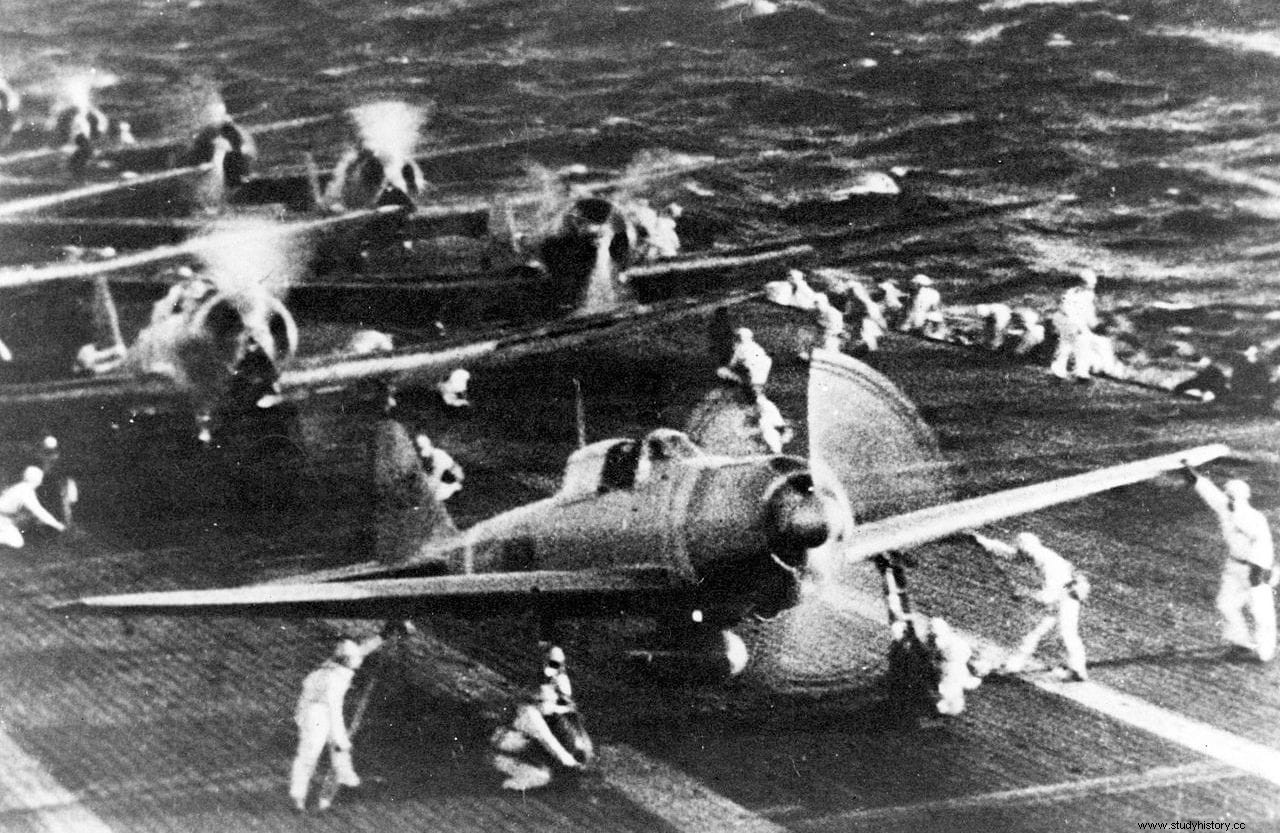
The Navy had foreseen such an eventuality, designating for such cases a small uninhabited island with a surface area of 29 x 19 kilometers and located in the extreme northwest of the Hawaiian archipelago, where a ship or submarine could arrive to pick up the affected person. Now, the high command made a mistake because that speck of land in the middle of the ocean did have inhabitants; few, only 136, but enough to be a problem. It was obviously Ni'ihau, which was known as Kapu Island (Forbidden Island, as its access is restricted to outsiders).
Ishii was unable to keep his plane in the air any longer and crashed into the sea. Nishikaichi landed hard - the plane got tangled up in a chain-link fence - in a farmland owned by Hawila Kaleohano, a twenty-nine-year-old native who still didn't know about the attack on Pearl Harbor but was aware of the growing tension between the US and Japan.
The rising sun over the fuselage of the Zero It allowed him to identify the nationality and, taking advantage of the fact that the pilot was still stunned by the blow, he opened the cockpit and seized his documentation and the Nambu 14 service pistol.
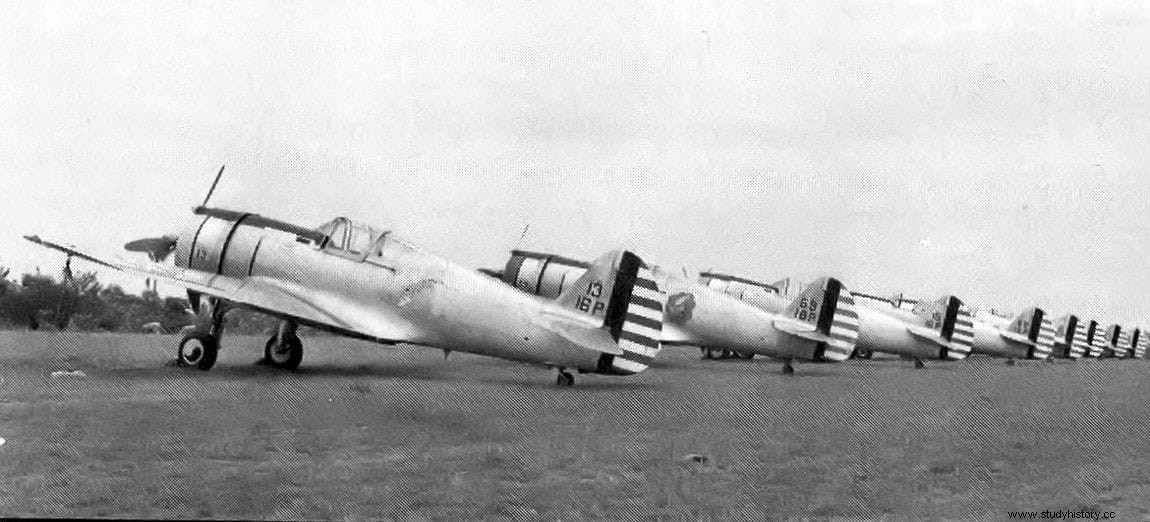
Other Hawaiians soon arrived and together they took the Japanese out to take him to town, where he recovered. He was well treated and they even had a party in his honor that afternoon. But since they did not understand him, they called the beekeeper Ishimatsu Shintani, a kamaʻāina (resident, generally of ethnicity other than the native, in which case it was called kanaka ) who, having spent four decades there and being married to an aborigine, was uncomfortable with the commission for fear that it would jeopardize his legal situation. Worse was when he exchanged a few words with Nishikaichi and found out everything, leaving without giving too many explanations.
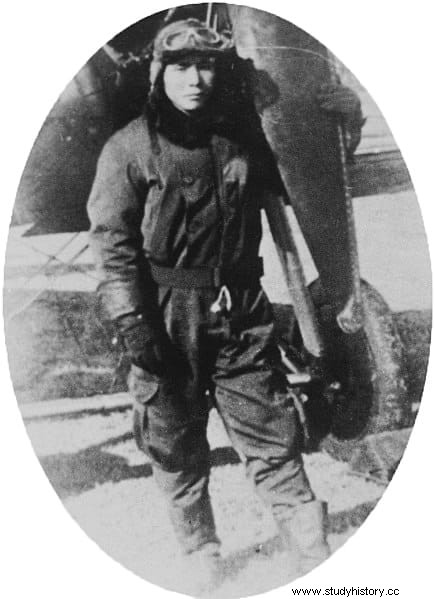
The Hawaiians then resorted to another kamaʻāina , Yoshio Harada, also of Japanese descent but already born on the island (that is, he was a nisei , second generation, although he had brothers in Japan, where his wife was also born). When the pilot told him what had happened, Harada felt compelled to help him, especially after, a few hours later, the news began to arrive on the radio about what had happened in Pearl Harbor and the neighbors changed their attitude towards what had been he had been his guest then, deciding to hand it over to Aylmer Francis Robinson when he arrived the next day.
In reality, Robinson could not go because, given the circumstances, the US authorities prohibited maritime traffic. But in Ni'ihau they couldn't know, since there were no communications and their only channel with the rest of the world was that ship and the battery-powered radio with which they learned of the attack. So several days passed and Robinson still did not appear, so he spread uneasiness. Nishikaichi was confined to Harada's house with four sentinels and, meanwhile, light signals were made to Kaua'i with fires and searchlights, without apparent success. Everyone was waiting to see what would happen.
What happened was that everything came to a head on December 13, when Ishimatsu Shintani offered Kaleohano two hundred dollars in cash to recover the pilot's documents. It was a considerable amount, but the Hawaiian rejected it and the other threatened him with the problems that this would bring. That's how it went; Harada and his wife Irene, who like Shintano was issei (first generation migrant), they agreed on a plan with Nishikaichi to free him. The two men subdued the guard while she played music on a phonograph to drown out the noise of the struggle, so that the other three guards, who were outside the house, heard nothing.
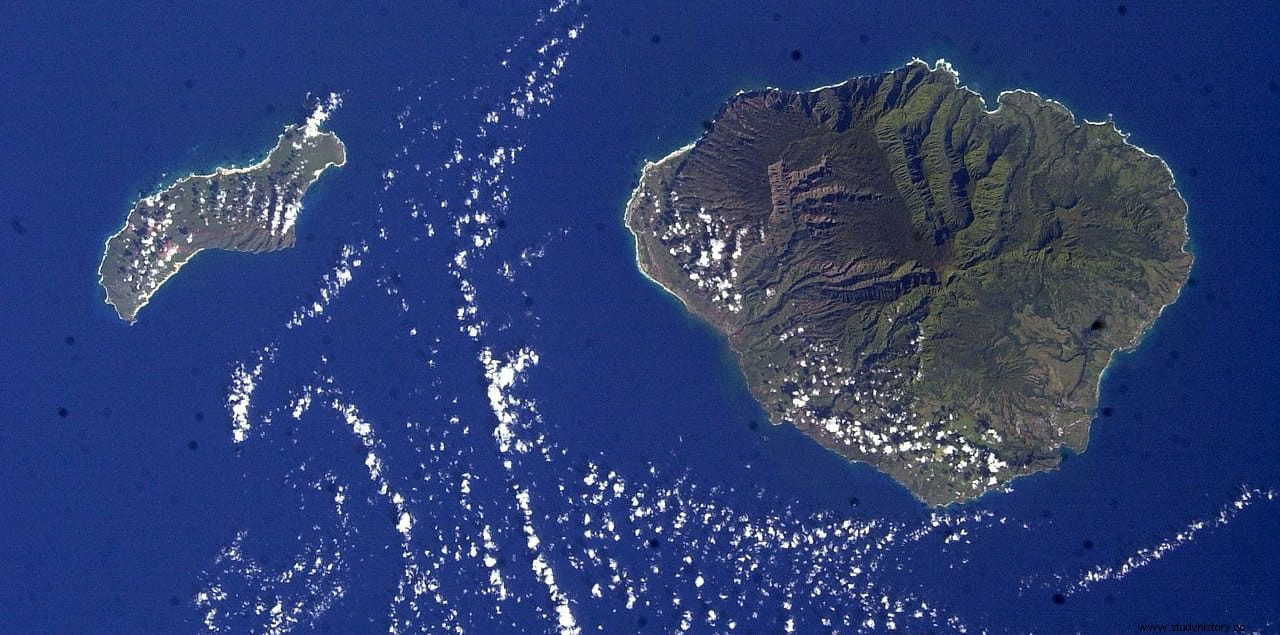
They locked him in a shed owned by Robinson, where they armed themselves with a shotgun and the pilot's pistol, which had been deposited there, and went to Kaleohano's house to retrieve the documents; These were the great concern of Nishikaichi because he had orders to destroy them in case he was taken prisoner, as they contained codes, maps and details of the attack plan (including a possible third wave that never took place, but he could not know). /P>
As chance would have it, the Hawaiian was in an outside latrine at the time of his arrival, so they were unable to find him. Then they went to the remains of the plane, which were still in the field, a moment that he took advantage of to run away. A few bullets whistled over his head, but he was finally able to run away and warn the other neighbors. Meanwhile, the attacked sentinel had also escaped and corroborated the story, so they all left their homes and took refuge in caves and beaches on the other side of the island.
But Nishikaichi had no interest in them. The reason he went to Zero victim was to get hold of the radio and get in touch with the army so that they would pick him up. Unfortunately for him, his attempts to communicate proved futile, so he dismounted one of the 7.7mm machine guns, stocked up on ammunition, and set the plane on fire. He then returned to Kaleohano's house and set it on fire as well, hoping to destroy the documents. 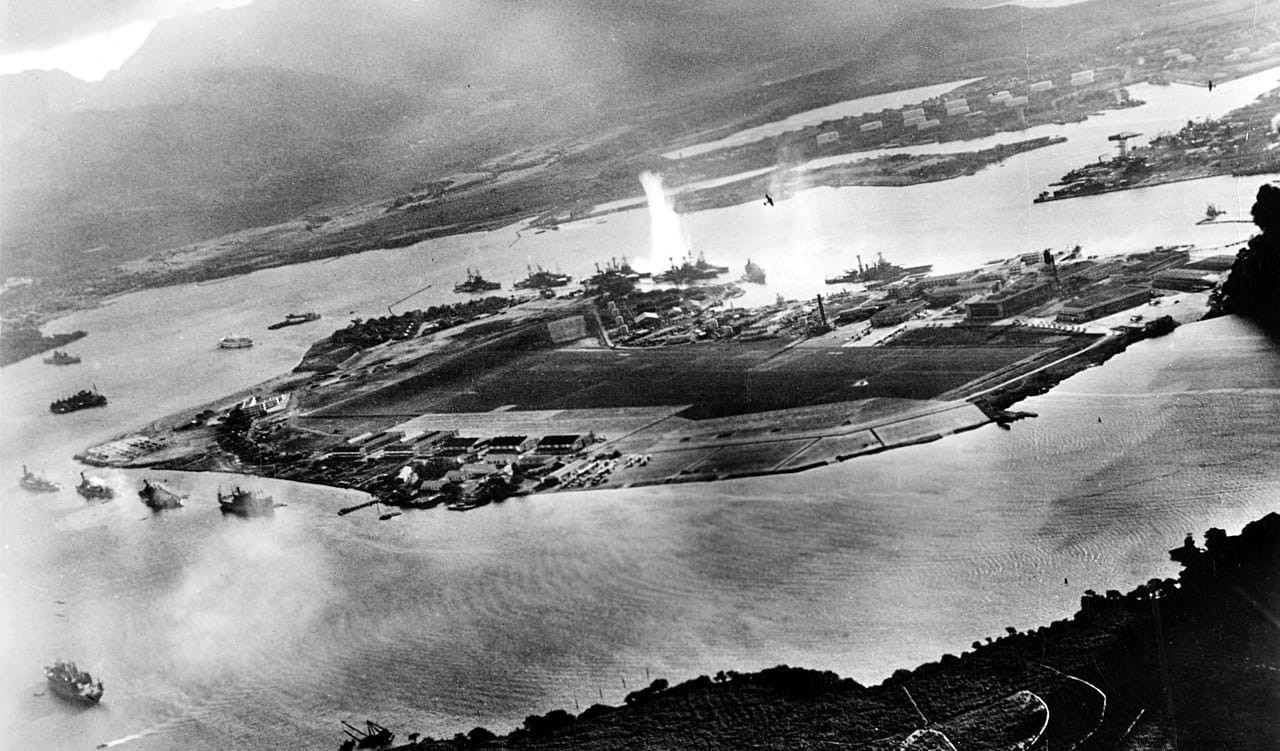
That didn't work out either because the Hawaiian had come back to pick them up while they were gone and took them away. Wanting to make sure, the Japanese and his ally seized another islander, Kaahakila Kalimahuluhulu, better known as Kalima, and his friend Benehakaka Kanahele, alias Ben, whom they ordered to bring Kaleohano in exchange for the second's wife, who would be held hostage. . Both pretended to do so knowing that, in reality, their neighbor had left the island in a canoe, paddling towards Kauaʻi with five other companions.
Returning empty-handed, Nishikaichi realized the deception and flew into a rage, threatening to kill all the neighbors. Things were getting worse and worse when, taking advantage of the discouragement of their kidnappers, Kanahele and his wife pounced on them to disarm them. He was shot three times by the pilot, but he had prodigious strength and threw his opponent against a wall, where the woman hit him with a stone. Kanahele then jumped on top of her and slashed her throat with a knife. The stupefied Harada did not know how to react and he ended up committing suicide with the shotgun.
In the afternoon of the next day, December 14, Robinson finally arrived at Ni'ihau, taking with him a contingent of soldiers; After rowing for ten hours, Kaleohano had managed to reach the other island and alert the authorities. Ishimatsu Shintani and Irene, Yoshio Harada's wife, were arrested; He was confined in an internment camp for Japanese Americans and she in a military prison on Oahu, where she remained without trial, accused of espionage, until June 1944 despite insisting that she had only helped the pilot out of pity.
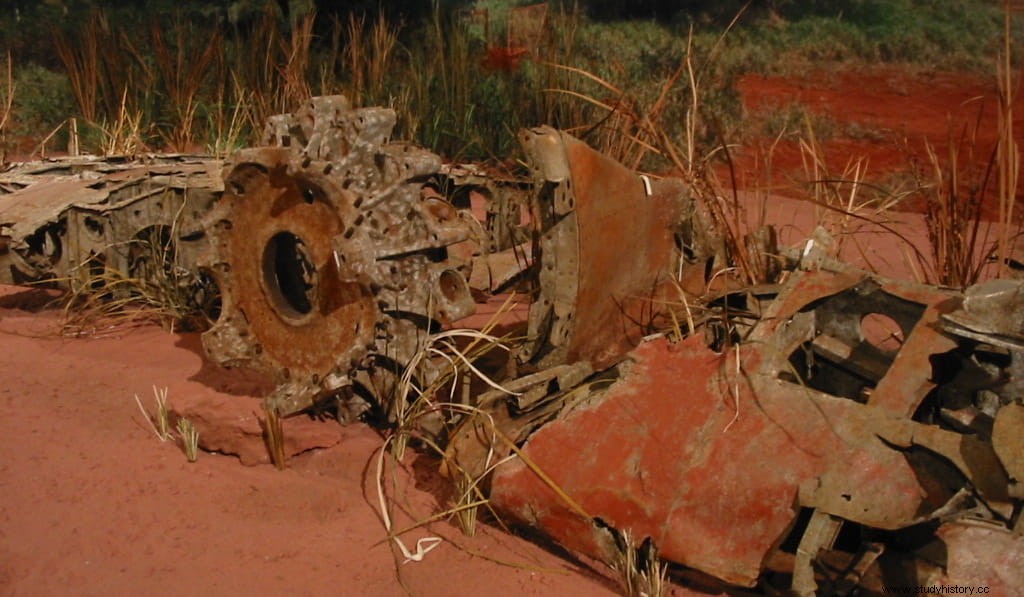
The actions of both, together with that of Harada, led to a report from the US Navy that warned of the probable inclination of citizens of Japanese descent - around 120,000 - to behave in the same way, which led to the executive orders 9006 and 9102 by which everyone had to leave their homes and reside in camps for the duration of the war. Ironically, Hawaiians generally escaped because they made up more than a third of the population - in some professional sectors such as transportation, carpentry or farming they were even the majority - and this would have meant the economic collapse of the archipelago.
Benehakaka Kanahele recovered from his injuries in a Kauaʻi hospital and in 1945 he was awarded the Purple Heart and the Medal of Merit; his wife, on the other hand, received nothing. On the other hand, the Pearl Harbor Aviation Museum , located on an islet in the bay of the attack, on the island of Oahu, preserves the charred remains of Shigenori Nishikaichi's Zero. His body was cremated. In Imabari, his hometown, he had been given up for dead in the attack on Pearl Harbor and a memorial was dedicated to him that in 1956 served to house his ashes, sent by the United States. Those were other times.
